Table of Contents
- Introduction
- Understanding Dark Factories
- How Dark Factories Differ from Traditional Manufacturing
- The Evolution of Automation in Manufacturing
- Key Technologies Driving Automation
- Key Technologies Powering Dark Factories
- Robotics and AI
- IoT and Smart Sensors
- 3D Printing and Advanced Manufacturing
- Cloud Computing and Big Data Analytics
- The Workforce Shift: Jobs Lost and Created
- The Economic and Business Impact
- Ethical and Social Implications of Dark Factories
- Future Trends in Automated Manufacturing
- How Businesses Can Adapt to the Workforce Shift
- Conclusion
- FAQs
Introduction
Automation is no longer a futuristic concept—it’s here, transforming industries at an unprecedented pace. One of the most profound changes is happening in manufacturing, where Dark Factories—fully automated facilities requiring minimal to no human intervention—are reshaping the workforce. With robotics, AI, and IoT leading the way, the nature of jobs is evolving rapidly, and businesses must adapt to stay competitive. But what does this mean for workers and industries alike?
Understanding Dark Factories
Dark Factories are manufacturing plants that can operate autonomously, often without the require for lighting (hence the name “dark”). Unlike traditional factories that rely on human labor, these facilities depend entirely on robots, AI-driven machines, and automated workflows.

How Dark Factories Differ from Traditional Manufacturing
- No need for human intervention – Machines handle all production steps.
- 24/7 operation – Unlike human workers, machines don’t need breaks.
- High precision and efficiency – AI ensures consistent quality control.
Revolutionizing Manufacturing: The Rise of Smart Automation
Automation in manufacturing isn’t new. From the first industrial revolution’s mechanization to today’s AI-driven factories, the journey has been marked by continuous improvements in efficiency and productivity.
Key Technologies of Driving Automation
Robotics and AI
With advances in machine learning, AI-powered robots can perform tasks with minimal supervision. Collaborative robots (Cobots) are particularly promising, designed to work alongside humans, enhancing productivity without full displacement.
IoT and Smart Sensors
Factories prepared with IoT devices can monitor equipment performance in real-time, reducing downtime through predictive maintenance.
3D Printing and Advanced Manufacturing
Additive manufacturing allows for rapid prototyping, reducing production waste and enabling on-demand manufacturing.
Cloud Computing and Big Data Analytics
Cloud technology and AI-driven analytics optimize factory operations, forecasting demand and improving efficiency.
The Workforce Shift: Jobs Lost and Created
While automation replaces many repetitive and labor-intensive jobs, it also creates new opportunities:
- Decline of assembly line jobs.
- Rise of AI specialists, robotics engineers, and data analysts.
- Demand for reskilling and upskilling programs.
The Economic and Business Impact
Automation enhances efficiency but presents challenges for SMEs. Large corporations can easily invest in AI-driven production, but small businesses may struggle with costs and implementation.
Ethical and Social Implications of Dark Factories
- Job Displacement: While AI-driven automation increases efficiency, it also raises concerns about mass unemployment.
- Worker Rights: How do we secure fair labor practices in a world driven by machines?
- AI Ethics: Ensuring responsible use of AI in decision-making is crucial.
Future Trends in Automated Manufacturing
The next phase of automation will see increased human-machine collaboration, improved AI-driven quality control, and fully autonomous supply chains that operate with tiny human intervention.
How Businesses Can Adapt to the Workforce Shift
- Invest in employee reskilling and upskilling.
- Leverage AI for smarter decision-making.
- Enhance human creativity in business processes.
Conclusion
The rise of Dark Factories represents a significant shift in manufacturing. While automation poses challenges, it also brings opportunities. The key is to strike a balance—embracing efficiency while ensuring that human workers are not left behind.
FAQs
- What industries are most affected by Dark Factories?
- Automotive, electronics, and textiles are among the most impacted industries.
- How can workers prepare for automation in manufacturing?
- Learning AI, robotics, and data analytics can help workers stay relevant.
- Are Dark Factories completely unmanned?
- While they operate with minimal human intervention, some roles like maintenance and supervision still require humans.
- What are the benefits of Dark Factories for businesses?
- Increased productivity, lower operational costs, and consistent quality.
- Will automation completely replace human jobs?
- Not entirely—while some jobs will disappear, new roles will emerge in AI, engineering, and system management.

